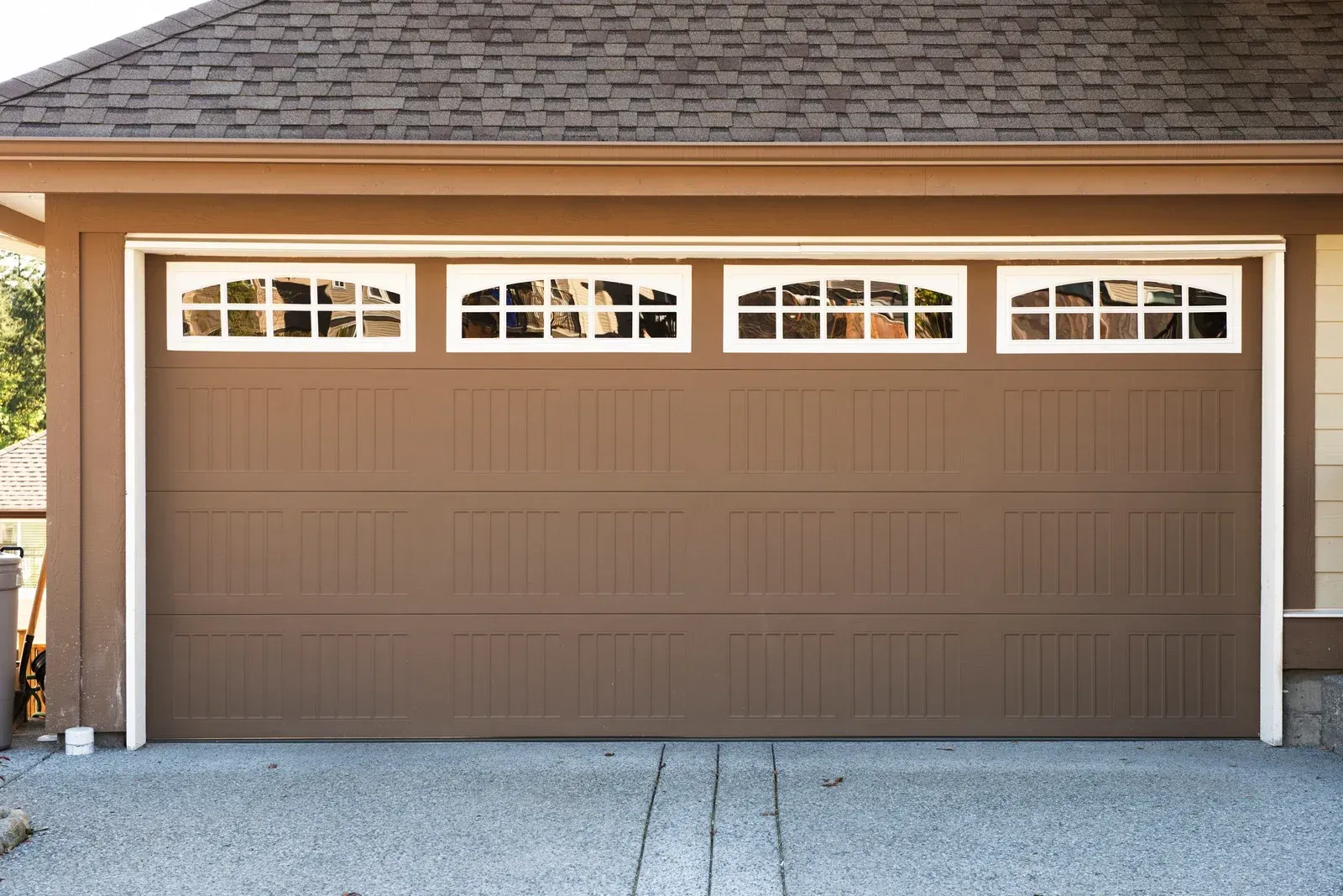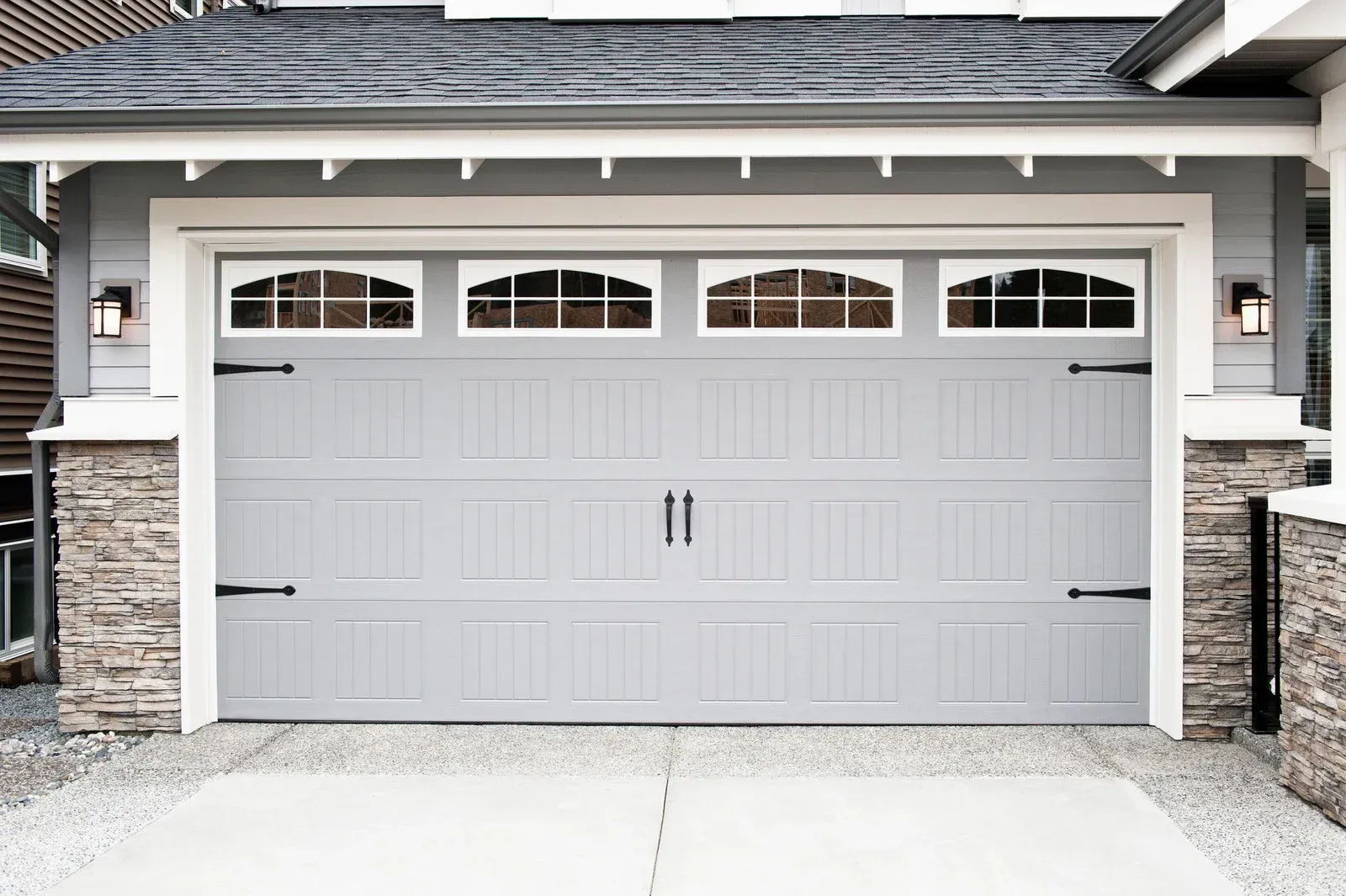
Guide to Repair Broken Garage Door Springs
A garage door is usually more exposed to harsh outdoor conditions (sunlight, rain, and snow) and gets least attention when it comes maintenance and daily care. This make a garage more vulnerable to damages—amongst broken garage door spring is the most common one.
This guide will help you learn about garage door spring service and repairs to tackle such daunting situations. Let’s understand the regular precautions to avoid garage door broken spring for years to come.
Types of Garage Door Springs
Understanding the type of spring your garage door uses is crucial before attempting any repairs. Here’s a detailed overview:
1. Torsion Springs
These springs are mounted horizontally above the garage door opening. They store energy through a twisting motion to lift the door and are commonly used in modern systems for their durability and smoother operation. They often require specialized tools, such as winding bars, for adjustments and repair.
Advantages: Longer lifespan, less prone to sudden snapping compared to extension springs.
Signs of Damage: Slow door operation, uneven door movement, or visible rust.
2. Extension Springs
Found on either side of the door tracks, these springs extend and contract to counterbalance the door’s weight. Though more affordable than torsion springs, they are generally less durable and require safety cables to prevent accidents.
Advantages: Simpler to replace for DIY enthusiasts.
Signs of Damage: Stretched coils, frayed safety cables, or imbalanced door movement.
How to Identify a Broken Garage Door Spring?
Spotting a broken garage door spring early can save you time, money, and potential injuries. Common symptoms include:
- Visible Gap in Torsion Spring: Look for a clean break in the coil, usually around the midpoint.
- Increased Door Weight: The door feels unusually heavy when you try to lift it manually, indicating the spring isn’t assisting.
- Sudden Door Dropping: If the door slams shut instead of lowering gently, it’s a clear sign the spring is no longer functional.
- Motor Strain: The garage door opener motor may sound like it’s struggling due to the lack of counterbalancing force from the spring.
Note: Regularly inspect your springs for signs of wear, including rust, stretching, or inconsistent tension.
Safety Precautions for Broken Garage Spring
Repairing broken garage door springs is dangerous due to the high tension stored in the coils. Prioritize these precautions:
- Unplug the Garage Door Opener: Do not allow inadvertent use of the equipment during its servicing.
- Secure the Door Firmly: Bolt the door on both sides of the tracks with heavy duty C clamps.
- Inspect the Tools: Defective tools which may include the following: Winding bars with worn-out threads, a wrench whose screws are jammed.
- Work in Good Lighting: Make sure there is adequate lighting in the workspace in a bid not to make matters worse during repair.
Reminder: Do not wear loose fittings like clothing or jewelry that may be gorged by the parts of the constructions.
- Torsion Spring Winding Bars: See to it that they’re within the right size of your spring’s winding cone.
- Heavy-Duty Adjustable Wrenches: For turning bolts that need to be on the tighter or looser side.
- Vice Grips or Locking Pliers: Critic for use in holding the torsion bar during the times when adjustments are being made.
- High-Quality Replacement Springs: Select the springs which can handle your door’s weight and within its size, and it is crucial to check and ensure that you are right with wire diameter and length of the spring.
- Lubricant Spray: Even the lubrication should be done using the non-corrosive lubricant meant for the garage door parts.
Tools & Materials Required for Garage Door Spring Service
Prepare the right tools to streamline the process and enhance safety. Here’s what you’ll need:
- Torsion Spring Winding Bars: Ensure they fit your spring’s winding cone size.
- Heavy-Duty Adjustable Wrenches: For tightening or loosening bolts.
- Vice Grips or Locking Pliers: Essential for securing the torsion bar during adjustments.
- High-Quality Replacement Springs: Choose springs rated for your door’s weight and size, ensuring you match specifications such as wire diameter and spring length.
- Lubricant Spray: Use a non-corrosive lubricant designed for garage door components.
Step-by-Step Garage Door Spring Repair & Replacement Guide
For Torsion Springs
- Secure the Garage Door: Close the door and clamp it to the tracks using C-clamps. Double-check the clamps’ placement for stability.
- Release Spring Tension Gradually: Insert the winding bar into the winding cone and loosen the set screws slowly, one-quarter turn at a time, alternating between holes to prevent sudden unwinding.
- Remove the Damaged Spring: After releasing the tension, slide the old spring off the torsion bar. Be mindful of any loose or damaged components like the center bracket or cable drums.
- Install the New Spring: Position the new spring onto the torsion bar, ensuring the wind direction matches the original spring (right-hand or left-hand wound).
- Wind the Spring: Tighten the spring using the winding bars according to the manufacturer’s specifications. Typically, you’ll need 30-36 quarter turns for a standard 7-foot door.
- Recheck Tension & Balance: Remove clamps and test the door’s operation manually. Adjust tension if the door doesn’t stay balanced halfway.
For Extension Springs
- Open & Secure the Door: Raise the door fully and secure it using C-clamps.
- Disconnect Old Spring: Detach the spring from the hanger bracket and remove the pulley.
- Install the New Spring: Attach the spring to the bracket, ensuring proper alignment. Reassemble the pulley system and reconnect the safety cable.
- Test Door Operation: Remove clamps and test the door for smooth movement. Adjust tension by repositioning the spring hooks if necessary.
Maintenance Tips for Garage Door Spring
Regular upkeep minimizes the risk of getting the garage door spring broken and costly, time-consuming repairs:
- Lubrication: Apply lubricant every 3-6 months to prevent rust and reduce friction. Avoid heavy grease, which attracts dirt and debris.
- Tension Checks: Test spring tension monthly by manually lifting the door. A balanced door should stay in place when raised halfway.
- Inspect Safety Cables: Look for signs of wear or fraying and replace cables promptly.
When to Consult a Professional Garage Door Spring Service
Garage door with broken spring disrupts the everyday life. At first, it might seem a simple DIY chore, but in certain situations, it can easily override your limited technical prowess. It is better to take a brief inspection of the damaged garage door components then decide whether to DIY or call professionals for garage door spring replacement near me. Here’re few quick steps to rundown to make the right decision:
- Heavy-Duty Doors: Large or custom garage doors often require specialized equipment and expertise.
- Multiple Broken Components: Damage to additional parts, like cables or rollers, complicates DIY repairs.
- No Tools Available: Using makeshift tools can lead to accidents or improper repairs.
Professionals offer not only experience but also warranties for their work, providing peace of mind.
Get Your Garage Door Spring Fixed
If you’ve a garage attached to your house/property, broken garage door spring is one of the major issue you might face. And frequent damages would add more to your frustration and cost more resources. Following this simple guide you can easily DIY minor fixes and enhance the garage door spring longevity through adequate maintenance or find professionals for garage door spring replacement near me.
But how would find garage door coil spring repair available right now? Well, don’t worry, G Brothers have got you covered with extensive garage door repair services across Lakewood, Colorado. Just give us a ring and we’ll be right at your doorstep.
Frequently Asked Questions
Q1: Can I replace just one spring?
While it’s possible, replacing both springs ensures balanced operation and prevents uneven wear.
Q2: What’s the lifespan of a garage door spring?
With proper maintenance, torsion springs last 10,000-20,000 cycles, while extension springs last about 7,000-10,000 cycles.
Q3: Are there temporary fixes for a broken spring?
Temporary fixes, such as using vice grips to hold the door open, are unsafe. Always address broken springs with proper replacements.


